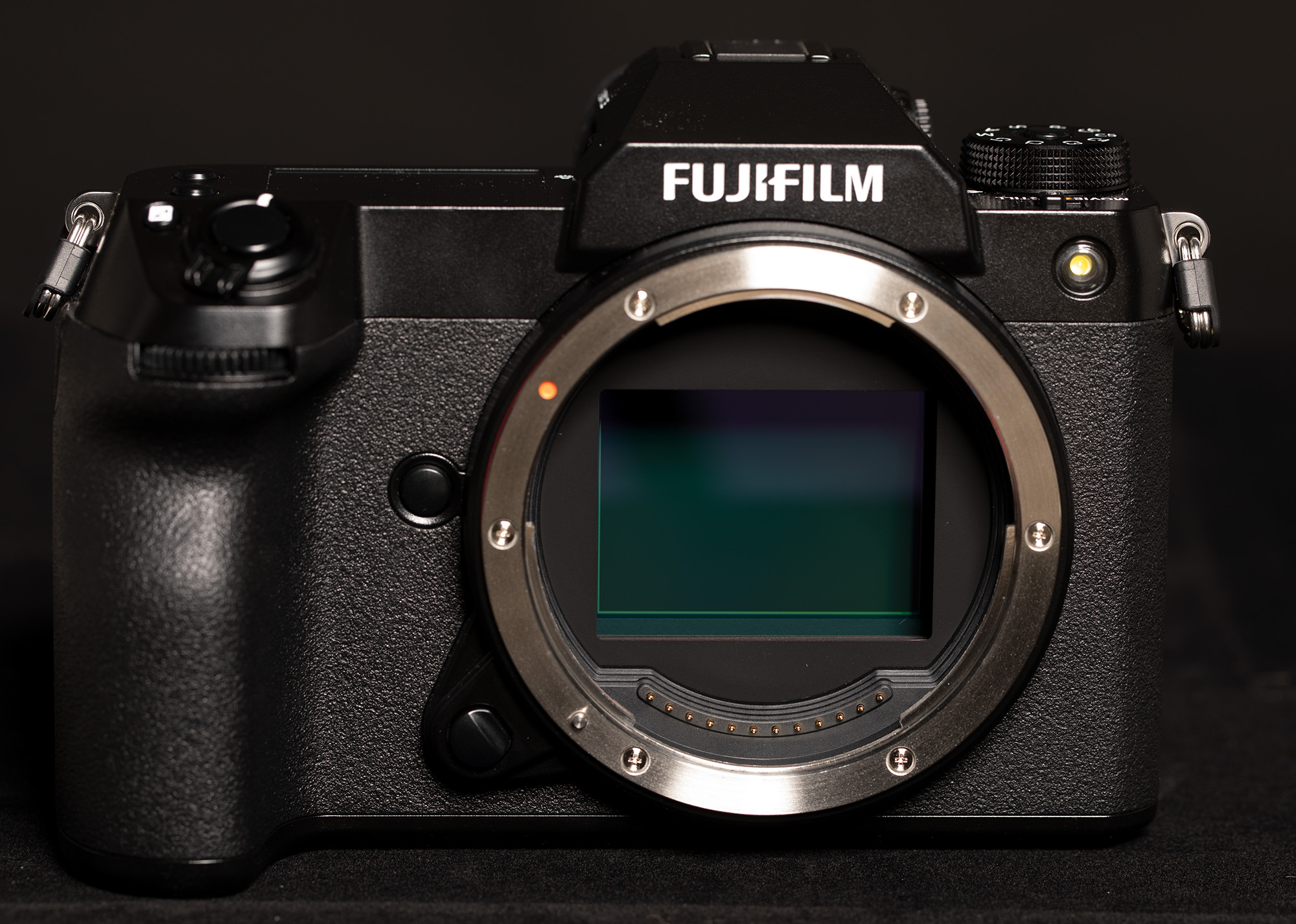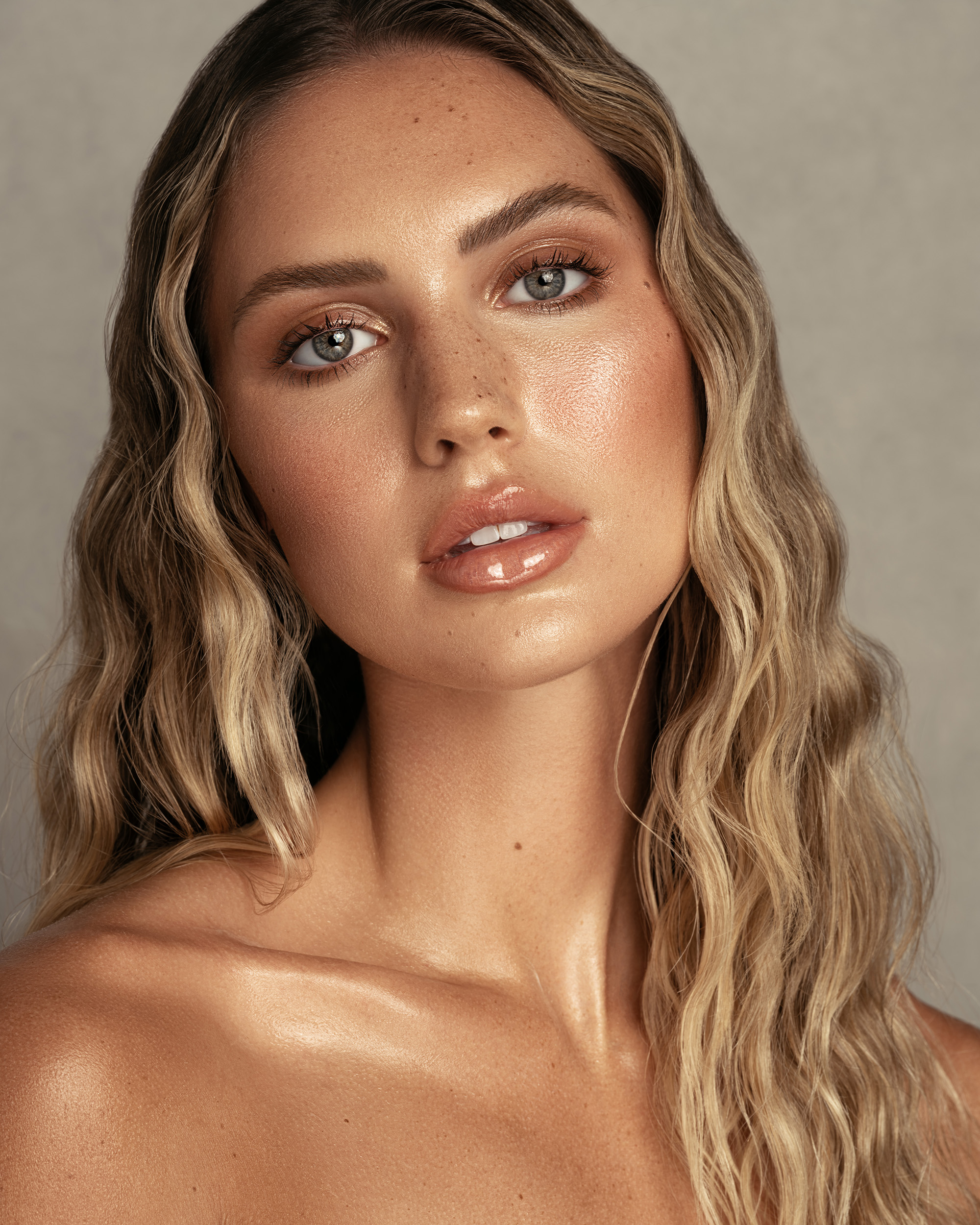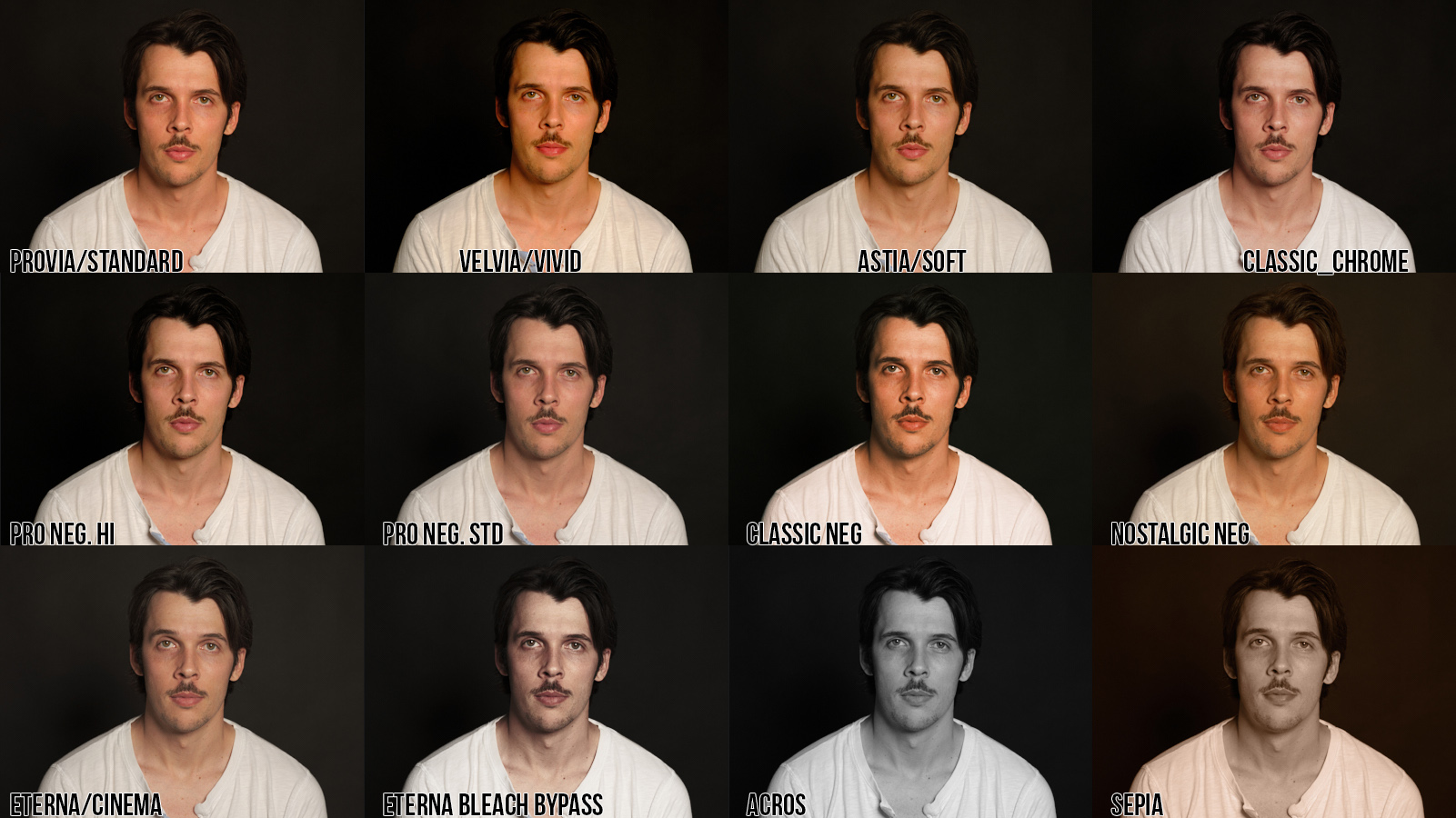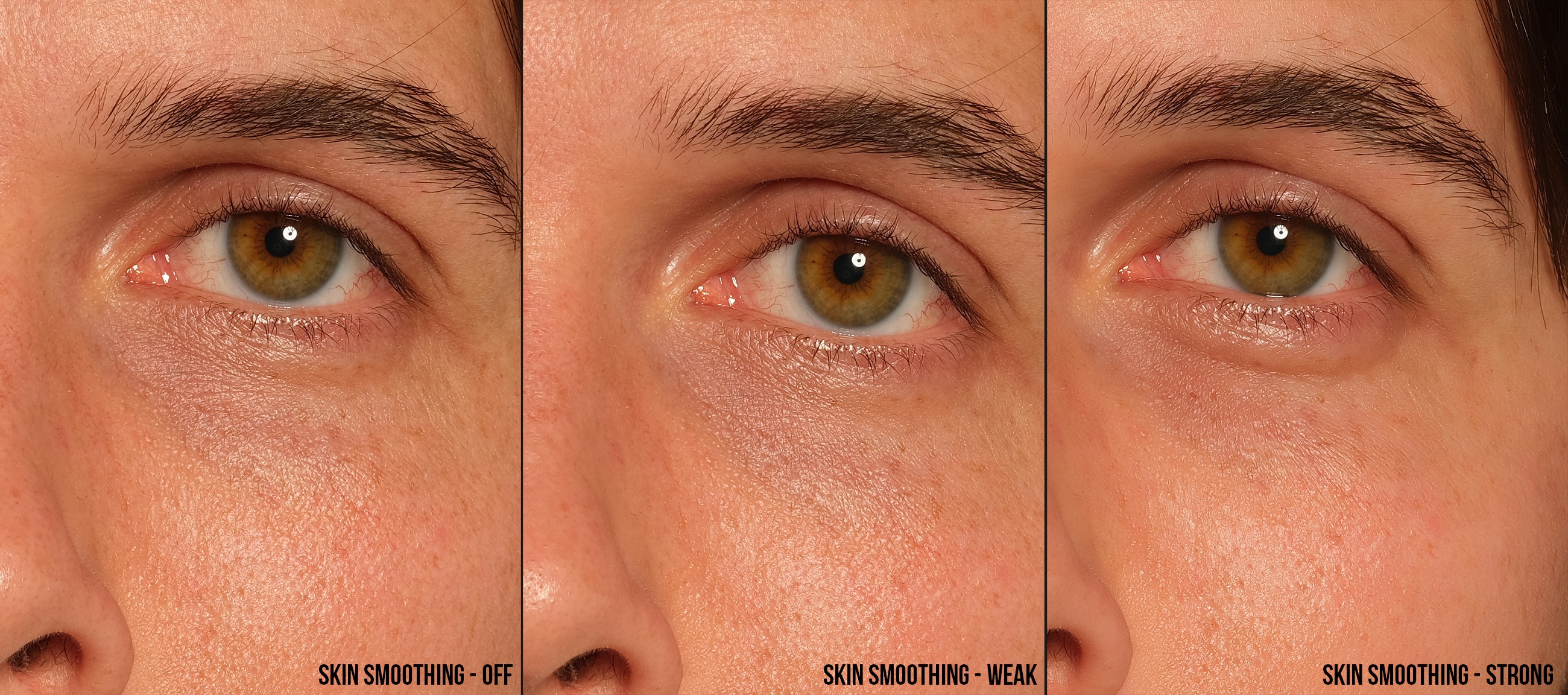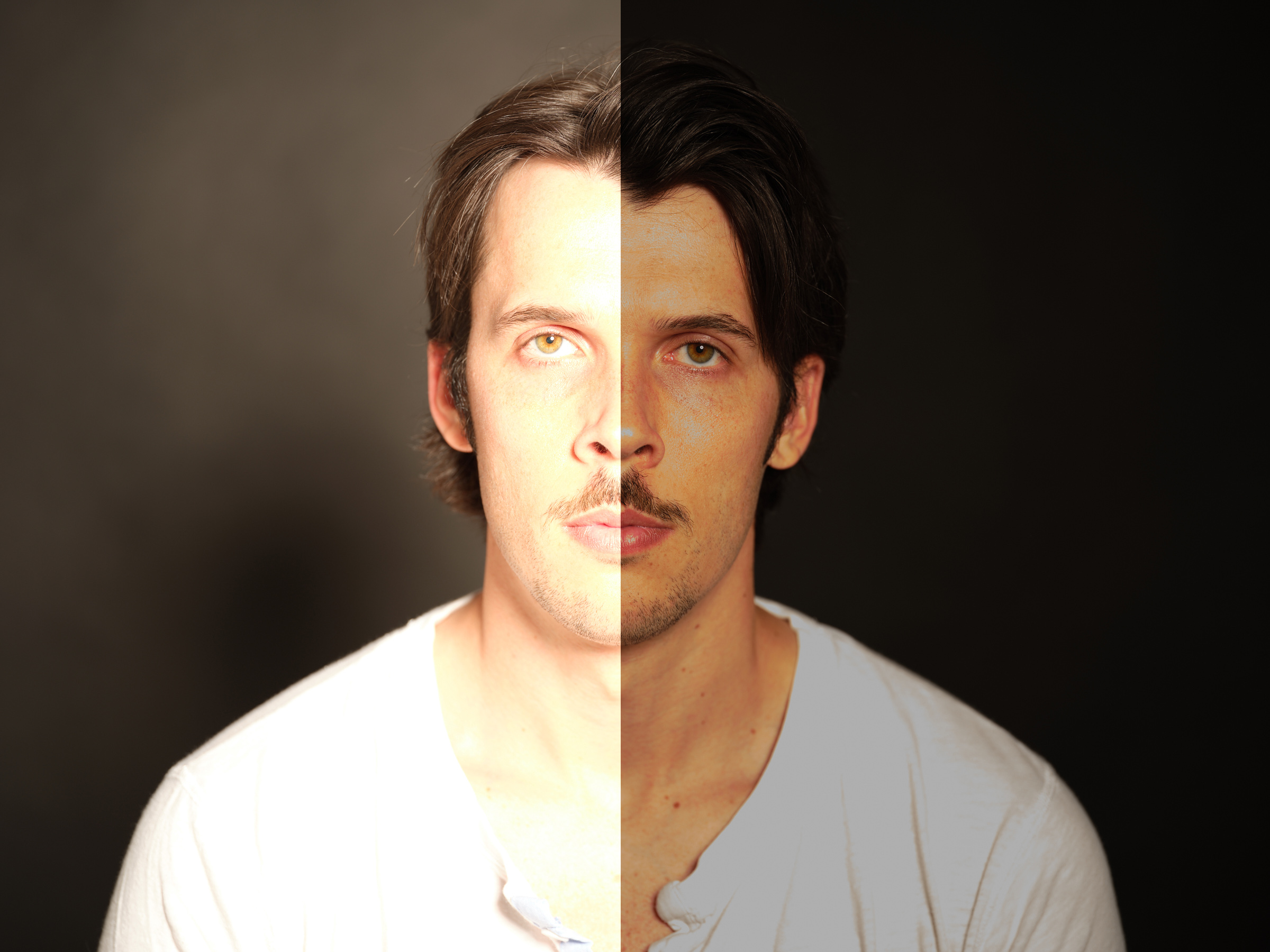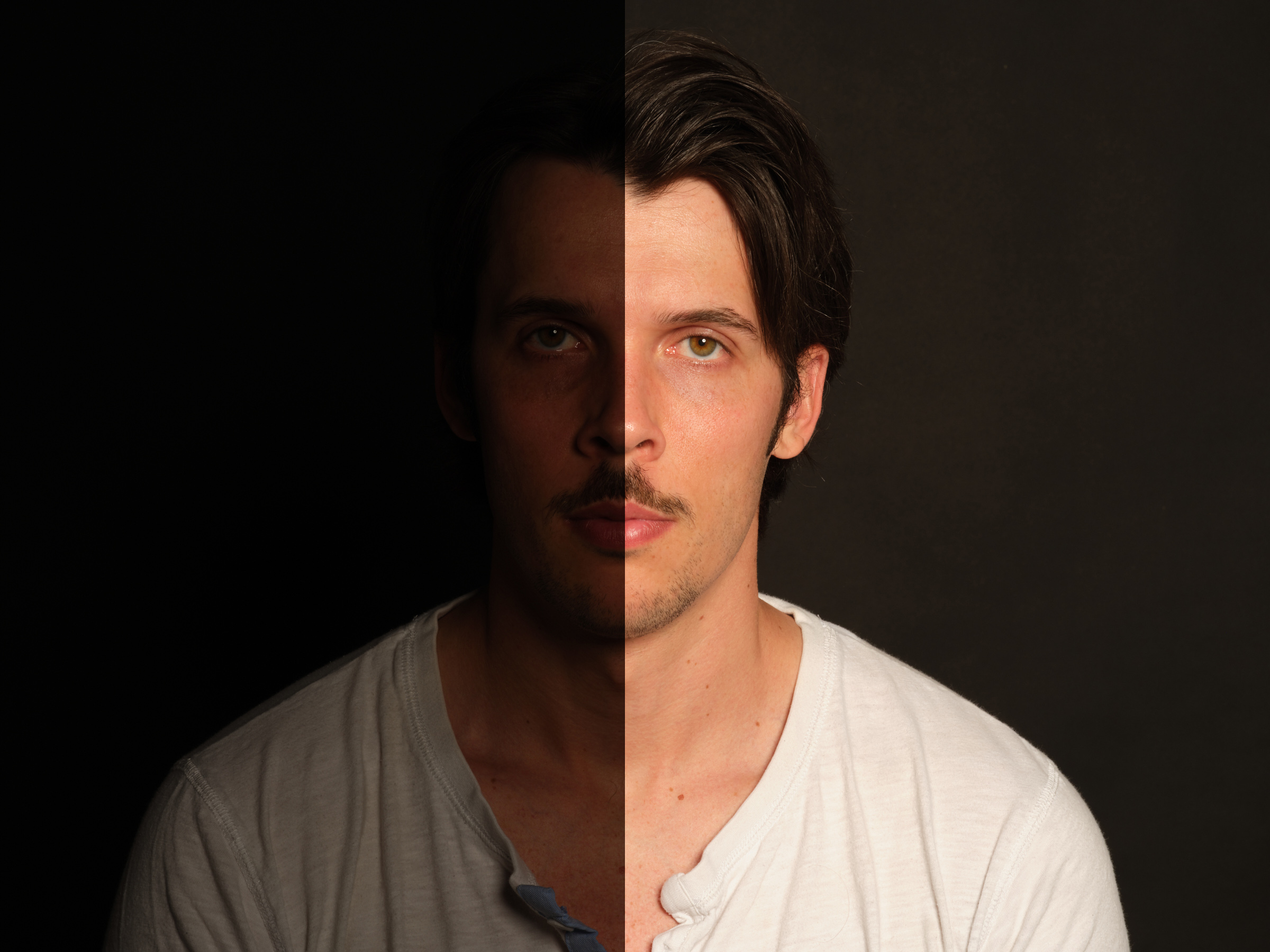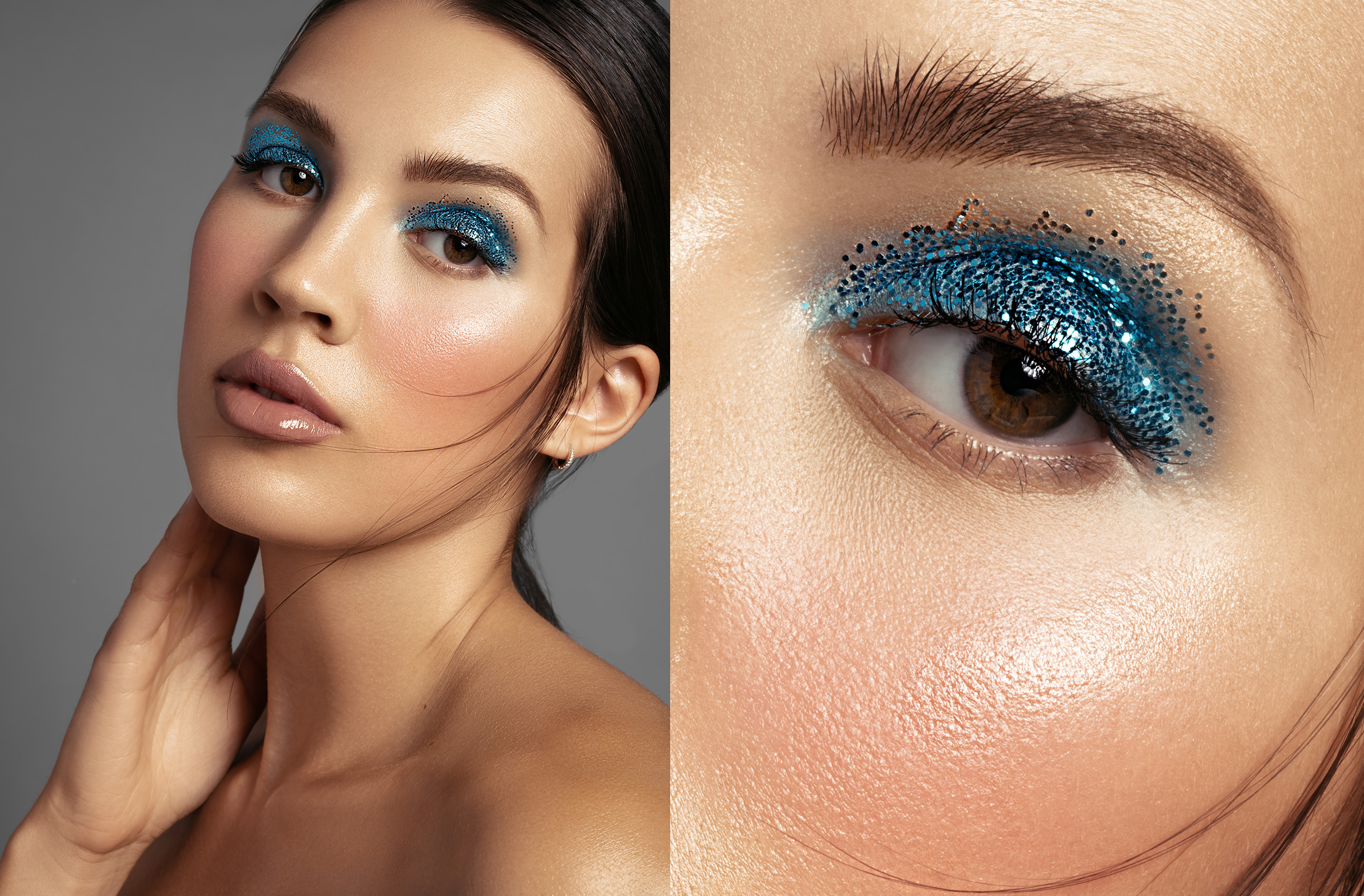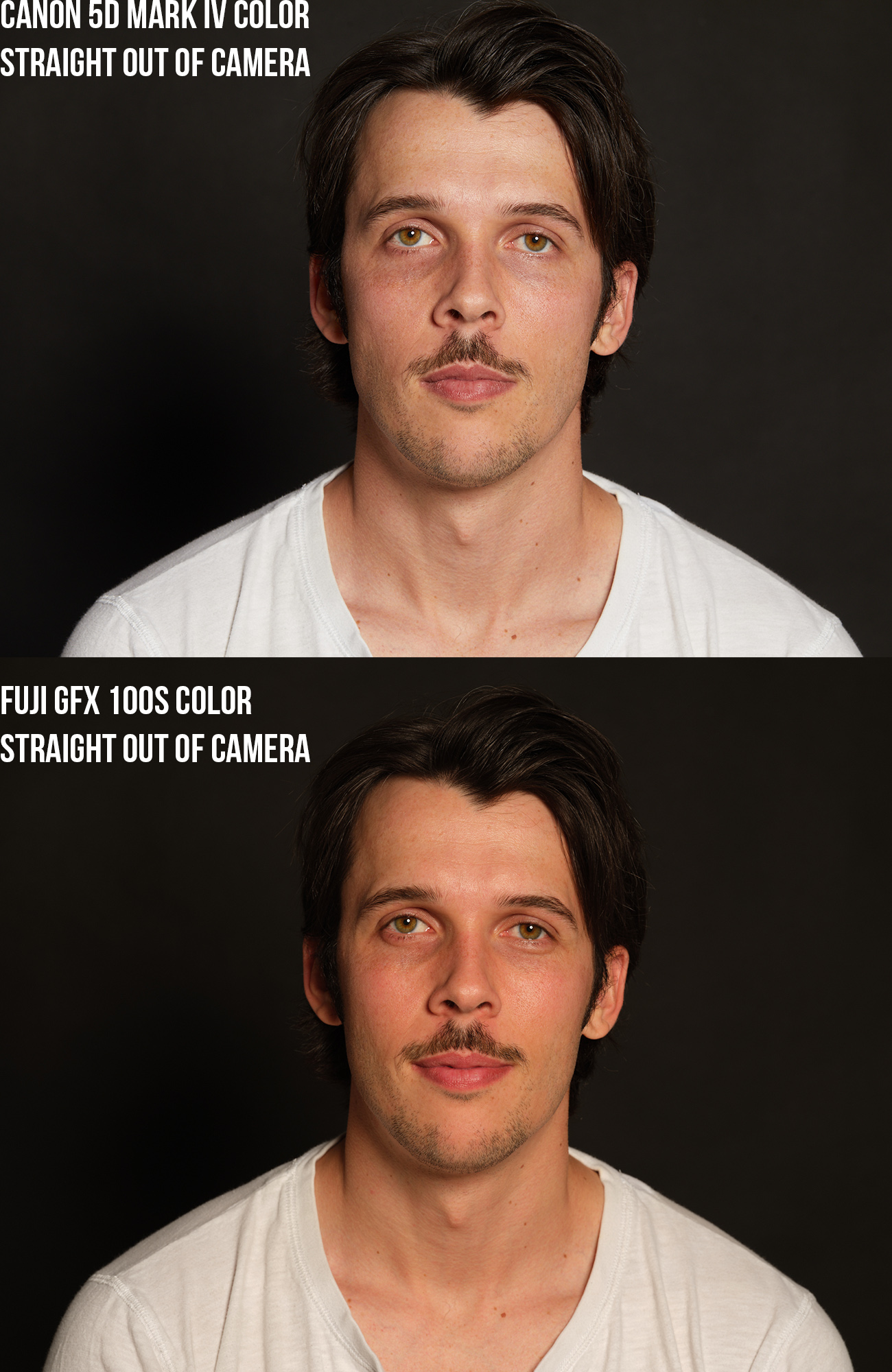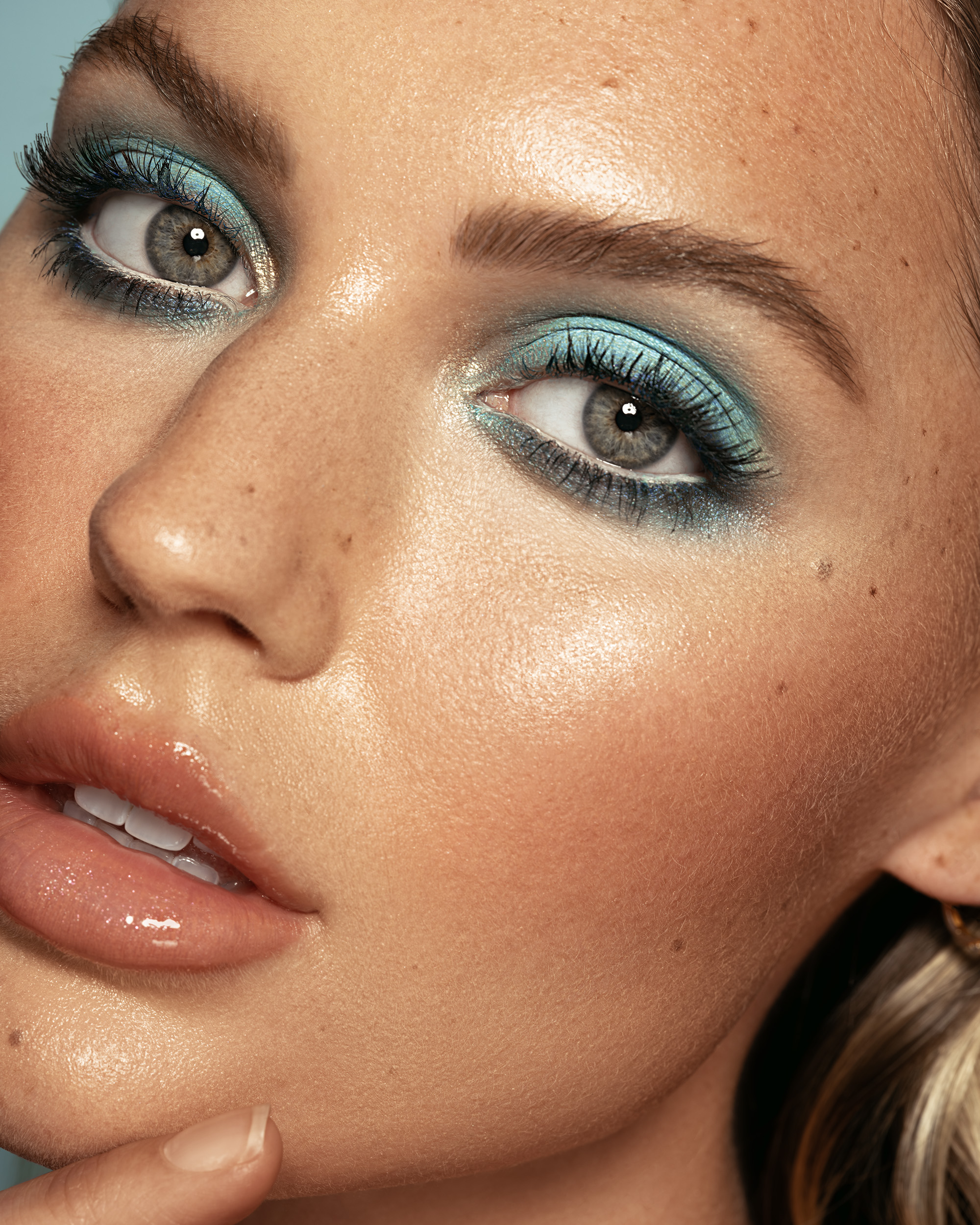Equipment
Lensrentals.com Reviews the FujiFilm GFX 100S
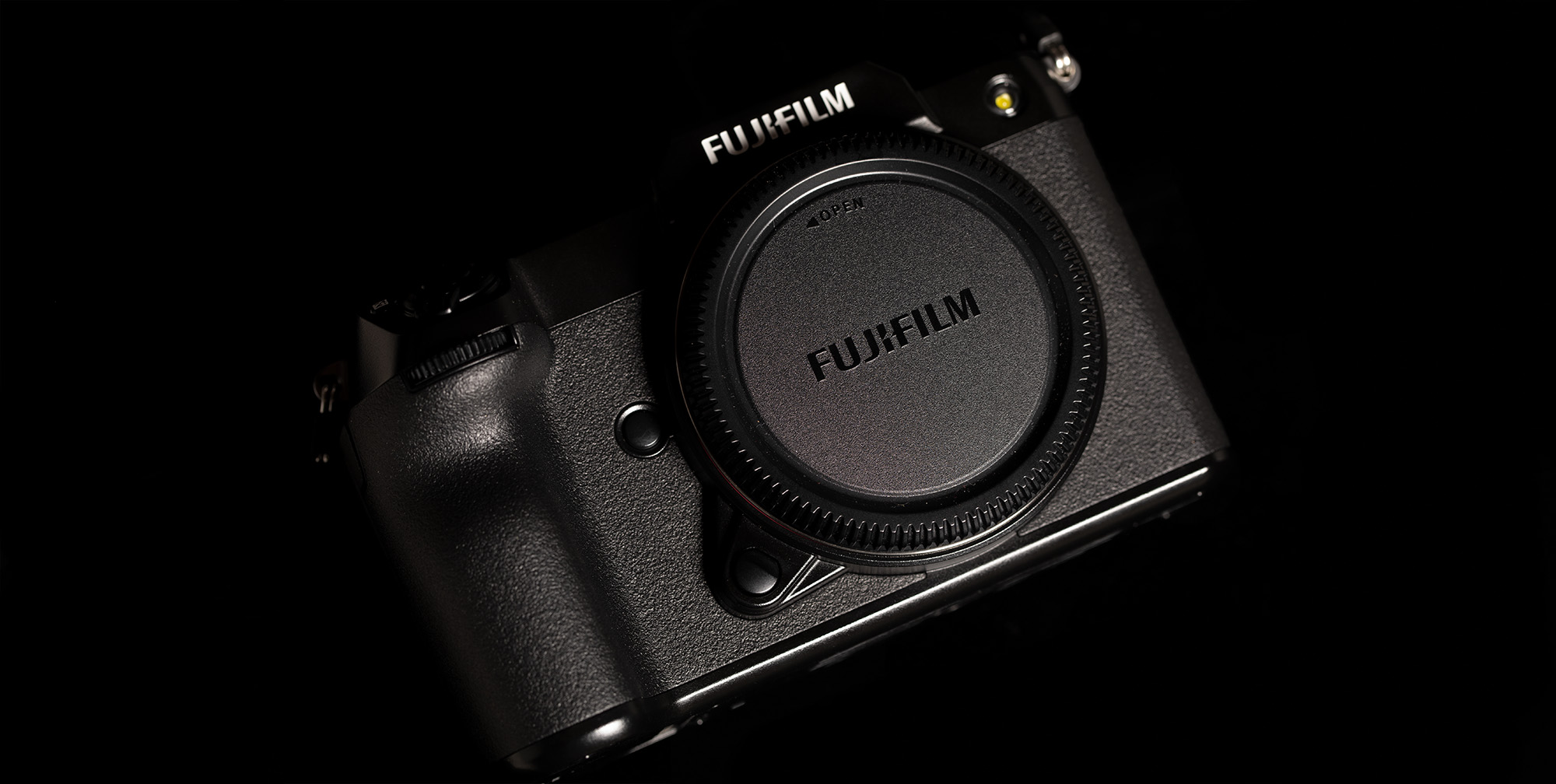
A month or so back, I wrote a piece a bit different than what you might usually find on this site – I went through and looked at the Canon R5, Sony Alpha 1, and the FujiFilm GFX 100s to determine what the best camera of 2021 was for me. As a lifelong Canon DSLR shooter, I knew it was time for me to move to a mirrorless platform, and it allowed me to look at the other side of the hill, so to speak, to see if the grass was truly greener. Well, spoilers, after weighing all the options available, I decided that I would jump blindly into the GFX platform from Fuji, despite only using their system once or twice. After spending the next couple of months desperately refreshing ‘Out of Stock’ website listings, I was finally able to purchase a FujiFilm GFX 100s, and so, this article is my follow-up to that initial post.
To open the curtain behind the screen for a moment, I’ll pretense this by saying that this review might be longer than what you’re used to – because by buying the camera, I have the full scope of the use case for this camera. Traditionally, and this stands for all websites that review products, you’re given a product for a set amount of time to write your review. This time varies from product to product, but one thing holds true, it’s always shorter than it needs to be. Often in the past, I’ve been given a review copy of a lens or camera body for a week and expected to put it through the wringer in that short of time. Reviewers as a whole try their best, but things are always left behind, and you’re never quite able to get the full experience of using the product, as those feelings develop over time. That said, I also plan on using the camera for what I feel it was designed for – studio photography. Certainly, by all accounts, you’ll be able to find somewhere on the web someone comparing this camera to a Sony a9 II, proclaiming it just couldn’t keep up in the fast pace world of MotoGP racing.
Overview
The Fujifilm GFX 100S is the latest medium format offering from Fujifilm. Released in March 2021 (with limited availability), the GFX 100S is a 102-megapixel camera with 6-stops of in-body stabilization, 425 phase-detection autofocus points, and a 43.8 x 32.9mm BSI CMOS medium format sensor. As an update to the GFX 100, the Fujifilm GFX 100s put the same sensor in a smaller body and a much smaller price tag of $5,999.
| Sensor | 102MP 43.8 x 32.9mm BSI CMOS Sensor |
| Bit Depth | 16-Bit |
| Image Stabilization | Sensor-Shift, 5-Axis |
| ISO Sensitivity | Auto, 100 to 12800 (Extended: 50 to 102400) |
| Continuous Shooting | Mechanical Shutter Up to 5 fps at 102 MP for up to 16 Frames (Raw) / 42 Frames (JPEG) Up to 2 fps at 102 MP for up to 45 Frames (Raw) / Unlimited Frames (JPEG) Electronic Shutter Up to 2.9 fps at 102 MP for up to 23 Frames (Raw) / 64 Frames (JPEG) |
| Autofocus Points | Phase Detection: 425 |
| Screen | 3.2" 3-Way Tilting Touchscreen LCD (2,360,000 Dot) |
| Maximum Sync Speed | 1/125 Second (Focal Plane Shutter) |
| Media/Memory Card Slot | Dual Slot: SD/SDHC/SDXC (UHS-II) |
| Connections | USB Type-C (USB 3.2 Gen 1), HDMI D (Micro), 3.5mm Headphone, 3.5mm Microphone, 2.5mm Sub-Mini, PC Sync Socket |
| Wireless | Bluetooth Wi-Fi |
| Battery | NP-W235 Rechargeable Lithium-Ion, 7.2 VDC, 2200 mAh (Approx. 460 Shots) |
| Dimensions (W x H x D) | 5.9 x 4.1 x 3.4" / 150 x 104.2 x 87.2 mm |
| Weight | 2 lb / 900 g (Body with Battery and Memory) |
| Internal Video Recording Modes | H.265/MOV 4:2:0 10-Bit DCI 4K (4096 x 2160) at 23.976p/24.00p/25p/29.97p [100 to 400 Mb/s] UHD 4K (3840 x 2160) at 23.976p/24.00p/25p/29.97p [100 to 400 Mb/s] DCI 2K (2048 x 1080) at 23.976p/24.00p/25p/29.97p/50p/59.94p [50 to 200 Mb/s] Full HD (1920 x 1080) at 23.976p/24.00p/25p/29.97p/50p/59.94i [50 to 200 Mb/s] H.264/MOV 4:2:0 8-Bit DCI 4K (4096 x 2160) at 23.976p/24.00p/25p/29.97p [100 to 400 Mb/s] UHD 4K (3840 x 2160) at 23.976p/24.00p/25p/29.97p [100 to 400 Mb/s] DCI 2K (2048 x 1080) at 23.976p/24.00p/25p/29.97p/50p/59.94p [50 to 200 Mb/s] Full HD (1920 x 1080) at 23.976p/24.00p/25p/29.97p/50p/59.94p [50 to 200 Mb/s] |
Features
The 425 Phase Detection autofocus points stretch across the entire sensor plane, and the autofocus is both fast and incredibly accurate. When paired with the eye detection system, the Fujifilm GFX 100S holds nothing back in its autofocus platform and will only be overshadowed by much faster cameras like the Canon R5 and Sony A1. But for the needs of this camera, which is presumably designed largely for studio photography, the autofocus is way more than you would ever need in a camera.
Additionally, the Fuji GFX 100S carries several additional features that are all worth noting. The USB-C allows you to tether while charging your battery, allowing for all-day shooting with no need for a battery swap. The In-Body Stabilization system is newly designed and offers up to 6 stops of stabilization, which is particularly incredible given the size of the sensor. A shortfall with the camera is that while it has an electronic shutter available on the camera, it’s not usable when using off-camera flash, leaving you to settle with a 1/125 flash sync speed. Hopefully, however, this can be updated with a simple firmware update. But let’s dig deeper into some of the more notable features.
The Menu
The menu is fairly easy to navigate and organized well. Each section is quick to move through, and everything is put together in a very sensible way. If you’ve never used a film camera, you might find some small hurdles to jump over, as the camera still maintains its film aesthetic. For example, the aperture control is located on the lens, though it can be adjusted in the camera.
What is not included with the camera is a manual – instead, offering a digital version available on Fujifilm’s website. With the use of Google Search built-in, I find this method to be fairly convenient. If you run into a problem with the camera, a quick Google search will likely bring you to the manual itself instead of a forum to page through. While most of the buttons are not labeled, it does allow you to fully customize your camera’s functionality, which brings us to the next section.
Button Layout
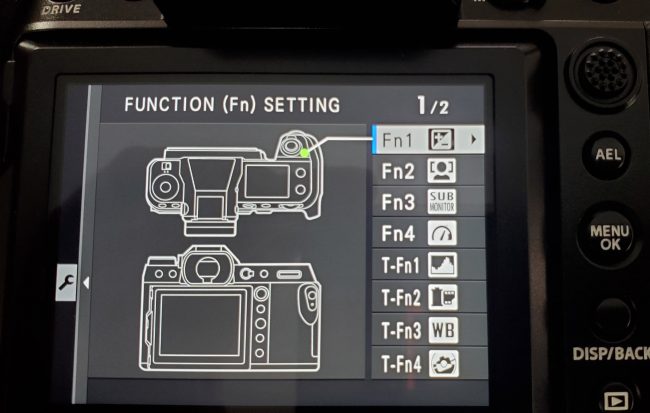 The Fujifilm GFX 100s has a handful of buttons conveniently placed on the camera, most of which without any labels or markings signifying their purpose. This is because each button can be customized through the camera, allowing you to build a function and placement that works best for you. While the feature isn’t particularly new in a camera (nor have I met anyone who is actively developing their own button layouts), it is a nice feature for those who have often have their camera in their hands and need to navigate different settings quickly.
The Fujifilm GFX 100s has a handful of buttons conveniently placed on the camera, most of which without any labels or markings signifying their purpose. This is because each button can be customized through the camera, allowing you to build a function and placement that works best for you. While the feature isn’t particularly new in a camera (nor have I met anyone who is actively developing their own button layouts), it is a nice feature for those who have often have their camera in their hands and need to navigate different settings quickly.
Additionally, the camera has multiple dials, allowing you to switch settings like aperture, shutter speed, and ISO quickly. While the dials aren’t as clicky as I would like (A feature seemingly lost to the mirrorless adaption), the button-dial design of your front camera dial is clever, allowing you two different settings to switch from with a press of the dial.
Film Presets
Included in all Fujifilm cameras is a set of film presets designed to mimic the look of classic Fuji film. While you can set a film preset to your image in-camera, they’re also removable through the basic adjustments panel for Capture One Pro (and presumably in Lightroom as well). For me personally, these presets serve little purpose. I understand they’re designed to mimic Fujifilm’s iconic films over the years, and I can’t help but think you’d get better results manually adjusting your images to match specific looks. Even still, FujiFilm has developed quite a following based on just their film emulation alone and has become a bit of a selling point when buying a Fuji camera – at least in the less expensive options.
Pixel Shift
If, for some reason, the 102 mega-pixel sensor wasn’t enough for you, the FujiFilm GFX 100S also has a feature called pixel shift. Using the In-Body Stabilization system, pixel shift allows the camera to take a series of photos (16 in total), shifting the sensor .5 pixels at a time to give you an image with a total resolution of 400 megapixels. Though this feature admittedly has some caveats.
For one, the images need to be combined in Fujifilm’s own software appropriately titled Pixel Shift Combiner. This software takes the 16 images and combines them into one outrageous 400-megapixel super photo. But the caveats don’t end there.
When photographing this, your subject needs to remain perfectly still….like completely unmoving. Because of this, it’s obvious to assume that the feature is completely impractical when photographing humans, animals, or anything else aside from still life. Additionally, in my test with my friend Will, I noticed that this feature does not work when using off-camera flash photography. Even when using a Profoto Pro Pack with lightning-fast recycling time, the camera and flashes just didn’t seem to sync up. This could likely be resolved in a firmware update to the camera, but one might also ask, What’s the point?
When testing this feature. I had set up my friend Will in my studio and asked him to remain as still as possible. From there, and using an LED video light, I started the process. The camera takes a series of 16 photographs, with a brief half-second or so between the shots. Just reading up on the technology, I figured it wouldn’t work with portrait photography, as the IBIS is shifting by half a pixel on a 102MP sensor plane. While Will was still, no one can be so still that a .5 pixel shift wouldn’t register as a change. Even still, I went through the process and immediately got an error code when combining the photos. While the software didn’t tell me the error, it’s assumed that they ran into a problem with subtle movements in the subject when shooting. Upon looking at the photo, the problem is exactly that and apparent.
The Quirks
Alongside the extensive features list of this camera are some quirks that I do not understand – one of them being the Skin Smoothing feature. With such a large sensor, both in size and resolution, this camera is a details machine. I have absolutely no understanding of why anyone would want to remove those details in the camera body.
However, upon using the skin smoothing feature, I was a bit surprised at how subtle it actually is, even when set to the strong mode. That’s right; the skin-smoothing feature has multiple settings – Weak, Strong, and Off. An important note is that this feature only seems to be active on the JPEG file, but I was impressed with how subtle it seemed to work. Even still, I have no intentions of ever using this in my own work, and I’m not anyone else will be actively using it as well.
Added to the lists of quirks is another complaint – this camera didn’t come with a proper battery charger. A precedent likely set by Apple with their latest iPhone release, battery charges are starting to become more of an addon than something included in the box, as an effort to be more “green-conscious.” But let me be clear – I’ve never felt like I’ve had too many battery chargers for my camera, nor do I have a history of throwing them out. However, the camera does have a way of charging itself. Included in the box is a 3ft USB-C cable and a small power brick for the wall outlet, allowing you to charge the battery by physically plugging the camera into the wall. And if we’re on the topic of being more environmentally responsible, included in the box are several plug adapters – things that will undoubtedly land in a landfill before any traditional camera charger would.
Sensor
The most important feature of the FujiFilm GFX 100S comes in the form of its sensor. Like its older brother, the FujiFilm GFX 100, the GFX 100s carries the impressive 102MP Back-Side Illuminated CMOS sensor developed by Sony. At 44mm x 33mm in size, the Fujifilm GFX 100s has a sensor measuring 55mm diagonally, or 1.7 times as large of a surface area than a standard 35mm sensor. While medium format doesn’t have a specific standard like 35mm does, this sensor is, by all accounts, a medium format sensor – though still small in size when compared to a 645 sensor. Paired with a much smaller and more efficient image stabilization system, the GFX 100S was able to trim some weight and thin itself out.
And the 102MP BSI sensor found in both the FujiFilm GFX 100 and GFX 100s is absolutely incredible. The level of detail produced by this sensor is unmatched, and through the use of 16-bit color, you’re able to get rich colors unfound on a lot of the competitors. While the topic has died down, there was once a time where each manufacturer was participating in the “Megapixel Wars,” where each brand tried to best the next with the highest resolution possible. The war is over; Fujifilm has won. But that’s not exclusive to just the resolution, as it must pair well with the rest of the camera. The added size of the sensor allows the Fujifilm GFX 100s to capture more and at a higher resolution than ever before.
I’m a beauty photographer by trade – and my workflow often goes like this. Set up, prep your subject, and shoot full-face photos to be used for their intended purpose. Afterward, we will bring the lights in closer and shoot macro shots of the eye makeup or any other detail needed. With the use of 102 megapixels, I’m able to pull crops directly from the full face shots and still have plenty of resolution for the images to be used as needed.
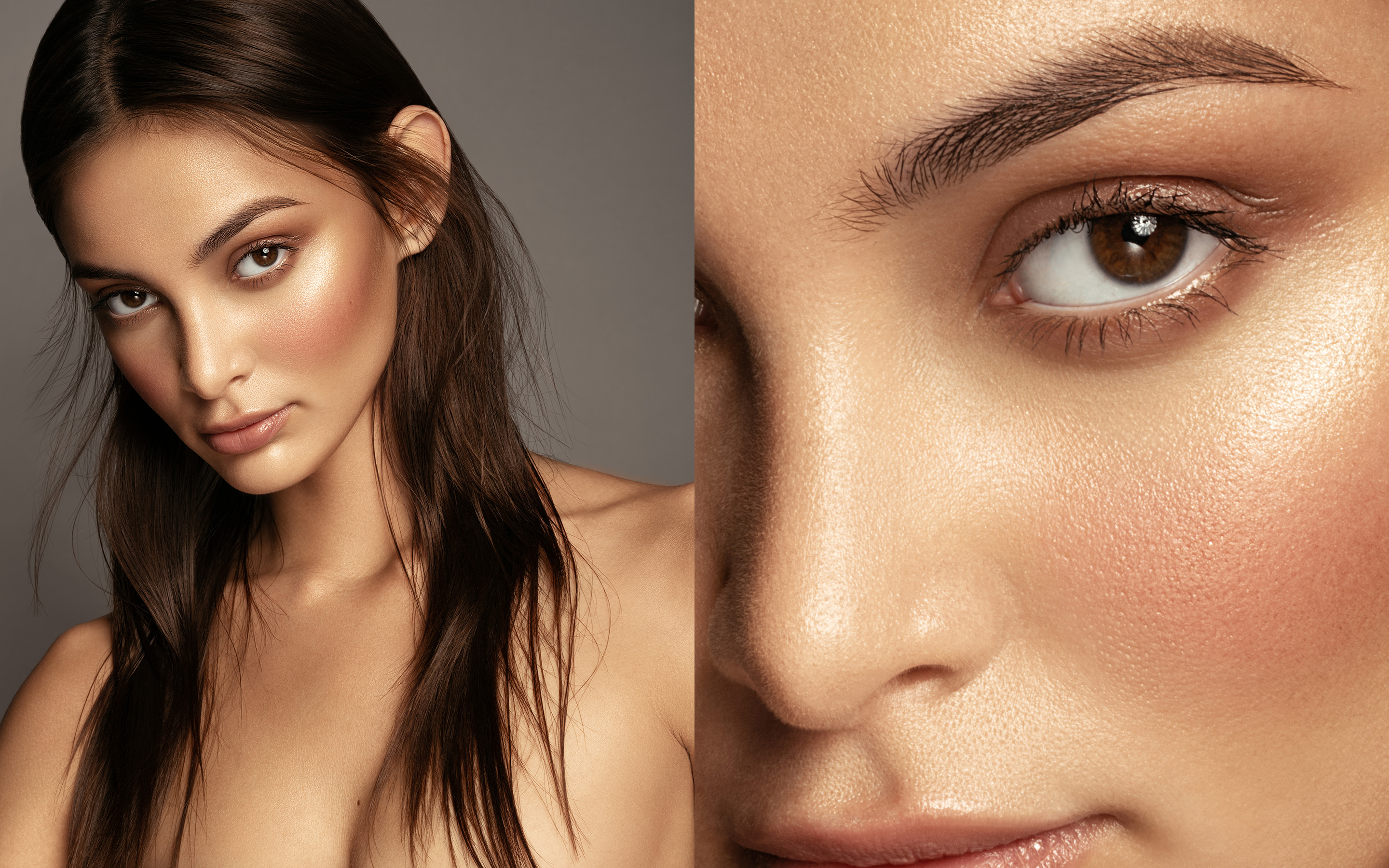
The image was taken with a cropped in version of the same shot
Fujifilm GFX 100s / 120mm Macro
1/125sec | f/22 | ISO 125
Additionally, dynamic range is inherently increased when working with a bigger sensor. Dynamic range is the range from shadows to highlights that your sensor can produce without clipping on one end or the other. While I think that dynamic range is over-obsessed about in modern photography, it does have its purpose. For one, it allows you to edit your images using push-pull techniques to assure that no highlights or shadows are lost to clipping. One way to highlight dynamic range is by overexposing and underexposing an image and then using tools like Capture One Pro or Lightroom to bring your exposure back to normal levels. So I did just that. Using my friend Will again, I took two photos, one where he was underexposed by 3 full stops and one where he was overexposed by 3 full stops, then used the exposure slider in Capture One Pro to try to save the image. Needless to say, I was impressed with the results.
The camera itself handles shadows much better than highlights, which is often the case with digital cameras – and often why the technique of underexposing a stop and recovering is so commonly used. For professional photographers, these techniques shouldn’t really be implemented except in obscure lighting scenarios, but it’s nice to see the camera does an exceptional job of recovering shadows and highlights that would be lost on other cameras.
But with the sensor comes some added changes. For one, if you’re coming from a full-frame camera, you’ll immediately notice that the crop aspect ratio has changed. Where 35mm cameras have a traditional 3:2 aspect ratio, the Fuji GFX 100S opts for a 4:3 crop sensor. This is an incredibly refreshing change for me, as the 3:2 crop sensor always felt a little long for me and would often get cropped down (even the most prominent image sharing site in the world – Instagram – only allows 5:4 aspect rations and smaller).
Color
While the sensor steals most of the limelight when it comes to this camera, one of the other important features is the color the sensor produces. One underlying feature of this camera is its ability to shoot in 16-bit color mode. Though color bit can be a bit of an ambiguous term, so let’s dig a little deeper into it. Some older DSLRs offer 12-bit color in their cameras, meaning they have 4,096 tonal values for red, green, and blue – or a total of 68 billion different color combinations. While most modern cameras offer 14-bit color depth, the Fuji GFX 100s give you an incredible 16-bit color depth, or 65,536 shades of red, green, and blue, and a potential 281 trillion colors.
This is a little bit of marketing jargon, as most people don’t have a workflow to support this color depth (or the eyes to see this level of color differences). But the fact is that it does hold a lot of advantages to image processing. For example, in the past, you may have taken a small jpeg file (which is typically 8-bit) and tried to make adjustments to the image by changing its color or contrast. This can cause banding in the images, or at times, blocky shadows. This is the result of your bit depth. Building a workflow with the highest level of potential – or 16-bit files- you’re able to expand on your image processing considerably, without running the risk of banding or problems in your images when they’re being manipulated.
Build Quality
If you’ve ever had experience with Hasselblad or Phase One medium format systems, you’d know that they’re incredibly fragile. In fact, that is one of the biggest reasons Lensrentals.com doesn’t carry modular systems. Designed so that you can upgrade their cameras in parts offers you a bit of flexibility when investing $40K on a camera, but certainly, durability is lost in the process. The FujiFilm GFX 100S is nothing like those cameras.
Its all-in-one design means it has the durability of any Canon or Sony camera system while still having the perks of a medium format platform. Each port is well sealed with rubber gaskets to provide weather and dust resistance to the camera, and its magnesium alloy body gives the camera a robust and professional feel. In terms of durability, those numbers come with time, but I have no doubts that the Fujifilm GFX 100S will hold up every bit as well as any other camera on the market.
Price
Priced at $5,999, it’s easy to write the Fuji GFX 100s off as an overpriced camera, but let’s first look at some perspective. Of digital medium format cameras, the FujiFilm GFX 100S is the third most affordable digital medium format camera available on the market – behind only the Hasselblad X1DII and Fujifilm GFX 50R. But at only a couple hundred dollars more, the Fujifilm GFX 100S has twice the resolution, 4 times the autofocus point systems, and twice the speed of the Hasselblad X1D II and Fujifilm GFX 50R. Expanding beyond those two, the medium format world has always been ambitious in its pricing. The latest from Phase One costs upwards of $50K, and the flagship from Hasselblad is $48K.
But when you move beyond the premium and niche brands, the price seems even more sensible. The original Fujifilm GFX 100 is priced at $9,999, and even the highest tier offerings from Canon and Sony are $4,000 and $6,500 comparatively. At $5,999, you won’t find a camera with the capabilities in color and resolution as you do with the Fuji GFX 100s.
The GFX System as a Whole
Released by Fujifilm back in 2017 with the Fujifilm GFX 50s, Fuji has been incredibly aggressive with the launch of their GFX lineup of cameras and the G-mount lenses. In those 4 or so years, Fujifilm has released 5 different camera bodies under the GFX lineup and 13 different lenses. Those numbers are by no doubt impressive, with each lens being highly rated and regarded by their users, but the lens lineup still has me a bit worried. At the point of writing this review, there isn’t anything beyond a 250mm focal length and no official development notes of upcoming lenses for 2021. While this isn’t inherently concerning, as manufacturers rarely release what they’re working on, it does have some added stakes, as there are very few third-party manufactures for the G series lenses. Venus Optics (Laowa), IRIS, and Mitakon Zhongyi have all developed a lens or two for the G series lenses, but it’s unlikely we’ll see anything from Sigma, Tamron, or other higher-tier manufacturers.
This brings me to the hardest part about the switch, having to abandon the idea of legacy lenses. If you’ve been a long-time reader of this blog, you may have noticed that I have an affinity to older, hard-to-find lenses. I’ve written about the Canon 200mm f/1.8L in the past and have spent some time with the Canon 50m f/1.0L, and those impossible finds are something I really love with photography. Canon has been developing the EF lenses for nearly my entire life, and the Nikon F mount dates back to the 50s. In this transition to mirrorless cameras, these lenses are going to be lost to time and tech – and that’s incredibly somber. Sure, we have adapters (there is even an adapter that adapts Canon EF lenses to the GFX, which I’m eager to try out), but adapters are a transition product – designed to ease the expense of moving to the new platform. What happens when they stop producing adapters? Are the days numbered for those 40-year-old lost lenses?
The other thing to consider when working with the Fujifilm GFX platform is that you’re going to need to upgrade your workflow across the board. If tethering into Capture One, your 2017 Macbook Pro isn’t going to cut it when ingesting these 103MP files (which has averaged about 120MB per file for me). While the USB-C input helps with the speed, only the latest offerings from computer processing units and graphics cards will handle these files with little slowdown. For reference, I have been tethering to a Razer Blade Pro Advanced laptop, with a GeForce RTX 2080 and Intel i7-10275H, and it has needed a moment to catch up after shooting 8-9 images in rapid succession. Additionally, I ran into problems when first getting the camera and trying to tether with a standard USB Type-C cable. It wasn’t until I picked up a tethering cable directly from Tether Tools that I was able to get tethering to work reliably.
What I Like:
- The resolution on the camera is fascinating, with how impressive it is. The level of detail I get from each photo feels like I’m working 10 years into the future.
- 16-bit color gives a better color palette overall. While it’s hard for me to explain in a technical sense, the colors have much more vibrancy overall, with less ‘greying’ in the pixels. Where sometimes, on my previous cameras, skin tones would come out dull and grey in color, the GFX 100s always offers a richness in the skin tones that I couldn’t previously get straight out of the camera.
- The design and ergonomics are a vast improvement to the platform, and the camera is about the same size as most mirrorless systems, only with a significantly larger sensor.
- Not only is the FujiFilm GFX 100s the best medium format camera on the market today, but it’s also among the cheapest. While $6,000 is a hefty price tag for any photographer, when compared to the Phase One and Hasselblad systems costing tens of thousands more, it’s no surprise that Fuji is quickly gobbling up the digital medium format market.
What Could be Improved:
- My biggest concern with the Fujifilm GFX 100s is the GFX system as a whole. While I recognize that the GFX platform for Fujifilm has been wildly successful, I still considered medium format to be a bit of a niche platform. The result of that means you’re not going to get the same level of product development, especially when compared to the Canon RF and Sony E platforms. In short, you’re likely not going to get lens options from Sigma, Tamron, or Tokina – and will be left to Fuji’s offerings, with a few other options from third-party brands Laowa, IRIS, and others.
- The no inclusion of a traditional battery charger annoys me than it probably should. At $6,000, you’d think that including a traditional battery charger should be a no-brainer.
- You need an entire workflow build for a camera of this magnitude. In short, when shooting at 102mp, you need a modern computer system to manage those files and need a pretty impressive workflow across the board. With no ability to downsample in camera, the 102mp files are what you’re getting each time – whether you need that resolution or not.
- A flash sync speed of 1/125 is a little slow to be working with, and you’d think they’d be able to improve that with a firmware update and the use of an electronic shutter. Fingers crossed.
Conclusion
To sum up my thoughts on the FujiFilm GFX 100s in just a few final words – the FujiFilm GFX 100S is the best camera I’ve ever used in my life. In general, I’m not one to purchase a camera without trying it first, but after doing all the research I could on the Fujifilm GFX 100s and the G platform they’ve built, I had full confidence that this camera was the best option for me. But that doesn’t mean it’s the best camera for everyone. By all accounts, this camera is a bit slower than its competitors, so I’m not sure I could recommend it to a lifestyle, sport, or even pet photographer. But if you work in a controlled environment and you have the patience to put up with a somewhat strenuous workflow, there is no better camera on the market than the FujiFilm GFX 100S.
Author: Zach Sutton
I’m Zach and I’m the editor and a frequent writer here at Lensrentals.com. I’m also a commercial beauty photographer in Los Angeles, CA, and offer educational workshops on photography and lighting all over North America.
